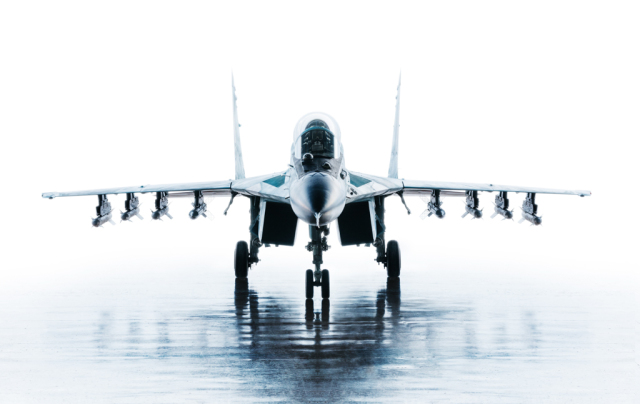March 25 is a special date in the history of Russian aviation. On this day in 1916, the first fighter aviation detachment in the country was created. Over time, fighters have undergone significant changes, becoming an integral part of the military force: the power of weapons has increased, the means of detecting the enemy have been improved, and the introduction of jet engines has given a new level of speed and altitude.
Since then, five generations of these combat vehicles have already been replaced. Let's consider the outstanding representatives of each fighter generation who have left their mark on the history of Russian aviation.
MiG-15: the beginning of a new era
It is worth saying that the division of any technique into generations is quite conditional. There are always several possible approaches to this division, there are intermediate, transitional modifications. Nevertheless, with regard to jet fighters, there is a well-established standard in the world according to which a particular model is attributed to a certain stage in the development of this type of aviation.
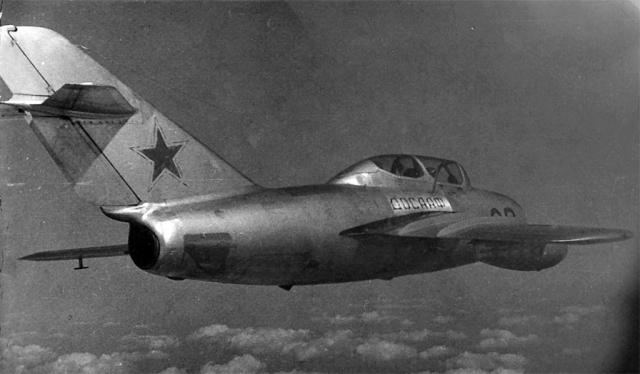
The first generation of fighters, which was formed in the post-war years, was characterized by subsonic speed and the presence of only cannon, bomb and unguided missile weapons. As an example of this generation of the Soviet defense aviation industry, the MiG-15 is the first mass–produced domestic fighter with a swept wing. Since its first flight on December 30, 1947, it has opened a new chapter in fighter aviation.
The MiG-15 not only set the base for Soviet fighter aircraft, but also earned a reputation as a "soldier aircraft" during the Korean War, and also became the most massive jet aircraft in history. In the period from 1949 to 1961, more than 17 thousand fighters of all modifications, including licensed ones, were produced. The MiG-15 has been adopted in more than 40 countries.
MiG-19: overtaking the sound
The second generation of fighters, which appeared in the 1950s, already had significant technological improvements. Machines of this generation could overcome the sound barrier, were equipped with more advanced radars and guided missiles.
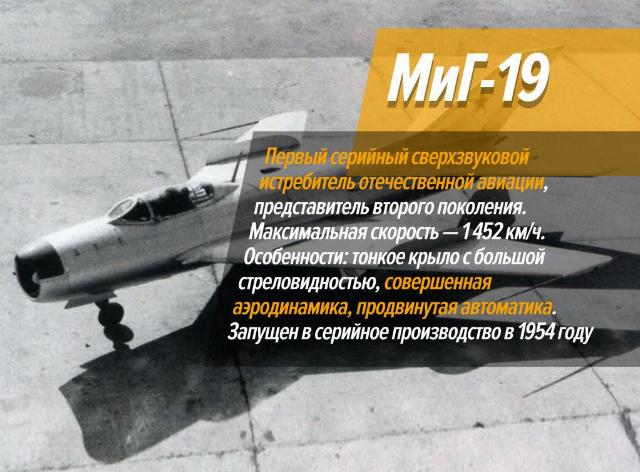
One of the first representatives of this stage in the development of the Soviet Air Force was the MiG-19. Its maximum speed reached 1,452 km/h, which made it one of the fastest fighters of its time. Among its other distinctive features are a supersonic aerodynamic layout with a large sweep wing, irreversible booster control with a controlled stabilizer, and a cabin air conditioning system.
Since 1955, when the MiG-19 went into production, it has become an important symbol of aviation superiority and an inspiration for future generations of fighters. The introduction of new technologies and developments in the MiG-19 laid the foundation for the development of subsequent models, including the legendary MiG-21.
MiG-25: overcoming the thermal barrier
In the third generation of fighters, produced between the mid-1960s and the mid-1980s, the race for superiority in on-board electronics and automation began. Although the bar for speed and altitude has also become higher, new high-power radars have significantly increased the ability to detect and destroy targets, including against the background of the ground, and automatic control systems have greatly facilitated the piloting of the aircraft.
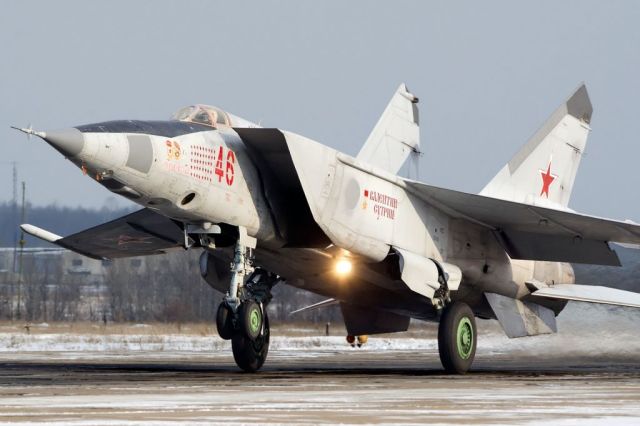
MiG-25RB. Photo: Alex Beltyukov / wikimedia.org
The most striking domestic fighter of the third generation can be called the MiG-25. Commissioned in 1970, it reached a speed of almost Mach 3 – 3000 km/h. At such speeds, the heating temperature can reach over 300 ° C, which required the use of new materials and technologies. For the first time among domestic aircraft, an inertial navigation system, a digital computer in the flight control circuit, and a voice information system for warning the pilot about an emergency situation appeared on board the MiG-25. The huge flight speed and large practical ceiling (more than 20 thousand meters) made the MiG-25 the leader in these parameters among the third generation fighters.
MiG-25 aircraft have set 39 world records for speed, altitude and climb time, including three absolute ones. The absolute altitude record of 37,650 m, set in 1977, has not yet been surpassed.
The MiG-25 was produced in variants of an interceptor fighter, a reconnaissance aircraft, a reconnaissance bomber and an enemy air defense breakthrough aircraft. Its further development was the MiG-31 interceptor fighter, considered the first Soviet fighter of the fourth generation.
Su-35S: Generation 4++
The fourth generation fighters have impressive speed and maneuverability characteristics, and in addition, they can perform various roles. They are capable of reaching speeds of about 2500 km/ h, simultaneously attacking up to ten targets, as well as soaring to an altitude of up to 20 kilometers in just a few minutes.
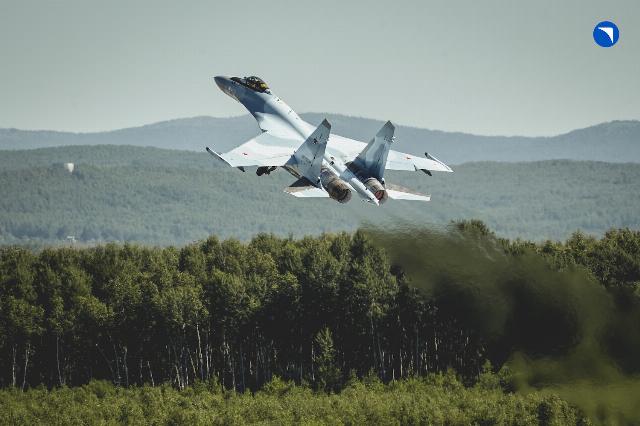
Photo: United Aircraft Corporation
The first domestic representatives of this stage of development were the Su-27, MiG-29 and MiG-31. However, some of the fourth-generation fighters also meet most of the requirements for fifth-generation aircraft, which led to the emergence of the 4+ and 4++ generations. In particular, the supersonic cruising speed mode is typical for fighters of the 4++ generation.
It is the 4++ generation that can be attributed to the Su-35S, which is considered one of the most powerful fourth-generation fighters in the world. With the exception of low visibility and the presence of an active phased array antenna (AFAR), the Su-35S meets most of the requirements for fifth-generation aircraft. In particular, its engines allow you to reach supersonic without afterburner, and the flight range is a record 3,500 km.
Su-57: the present and future of fighter aviation
The main differences between the fifth generation of fighters are the use of stealth technologies and reduced visibility, cruising supersonic mode, as well as more advanced avionics, including AFAR.
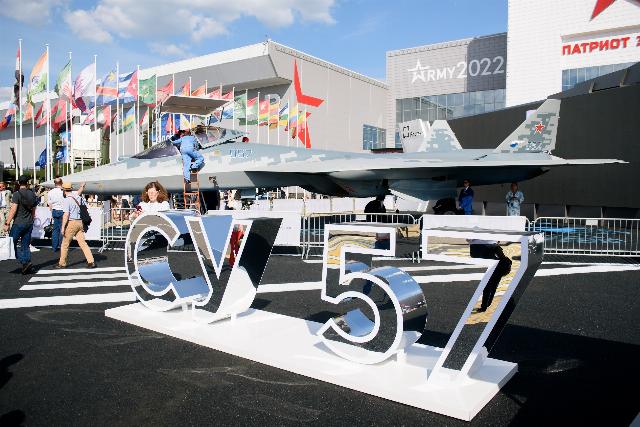
Photo: Anton Tushin
Tests of the first Russian representative of the fifth generation − a promising front-line aviation complex (PAK FA) − it began in 2009, and ten years later its serial production began under the name Su-57. Today, the fifty−seventh in service is the future of Russian combat aviation embodied in metal. It has super maneuverability, is barely noticeable, can destroy air and ground targets, detect the enemy at long distances, and operate in a network-centric war.
The Komsomolsk-on-Amur Aviation Plant named after Yuri Gagarin of the United Aircraft Corporation produces the Su-57, and the main components are manufactured by enterprises that are part of Rostec. The power plant was developed by the United Engine Corporation, cabin glazing made of monolithic polycarbonate is manufactured at ONPP Technologiya, and Concern Radioelectronic Technologies participates in the development of avionics.
